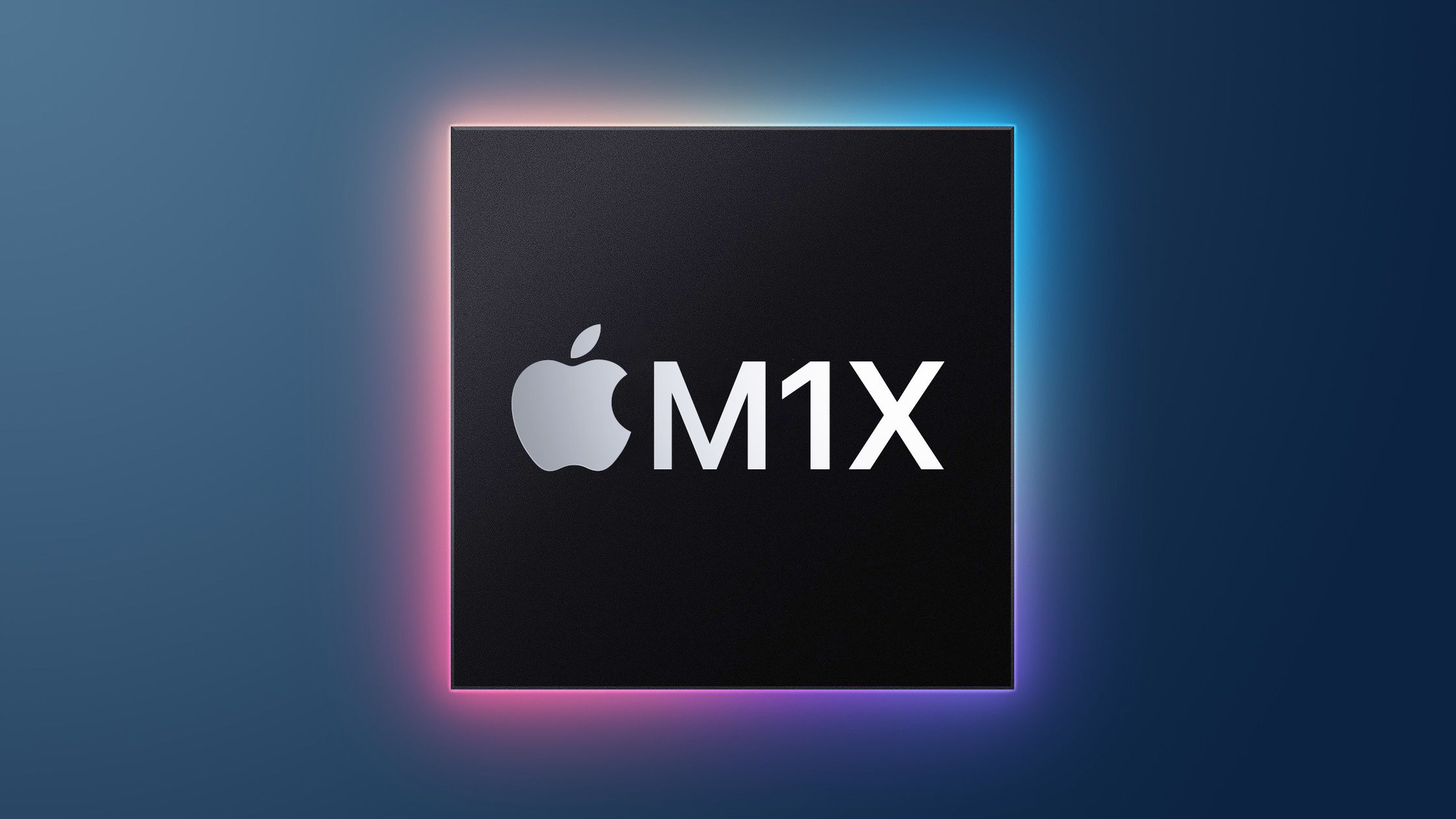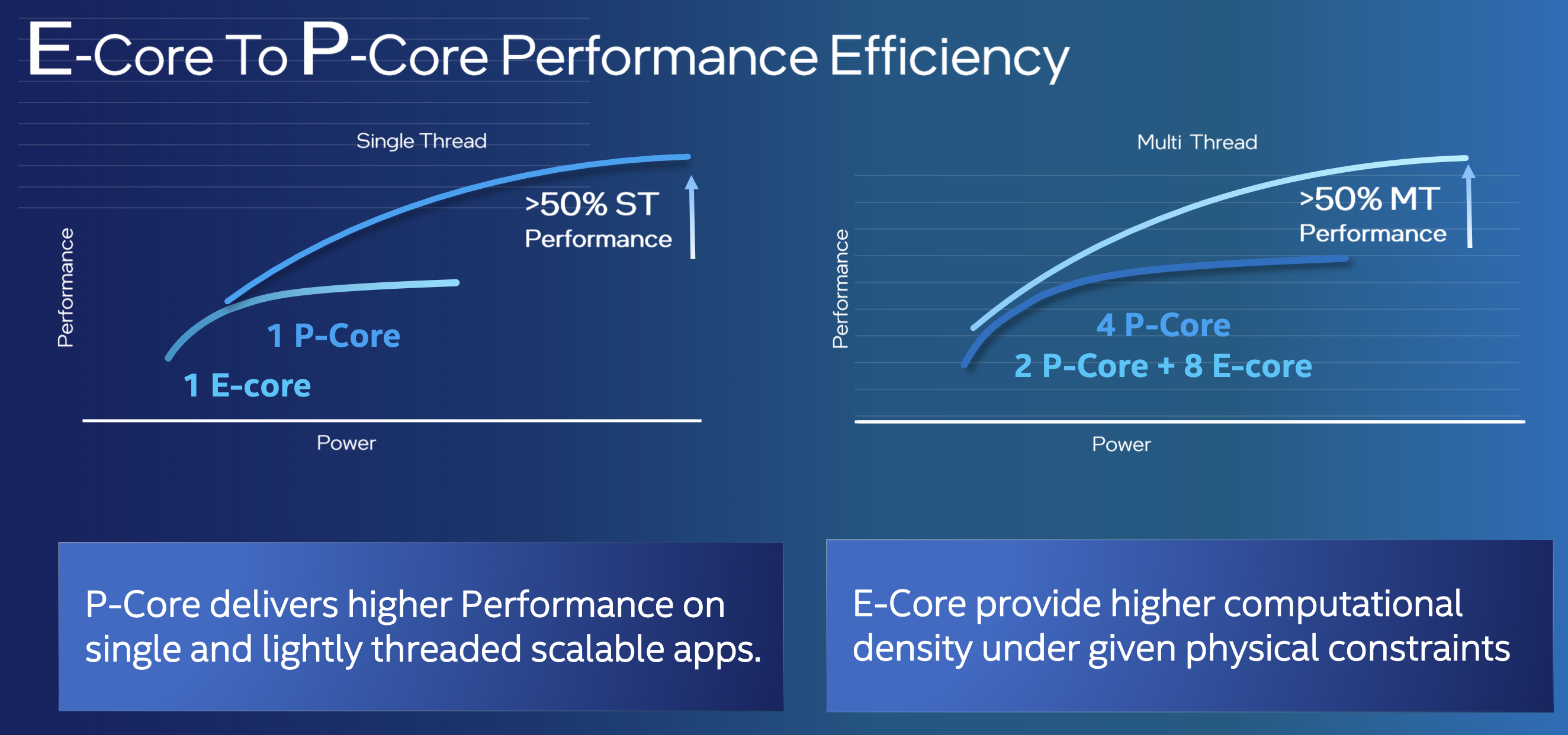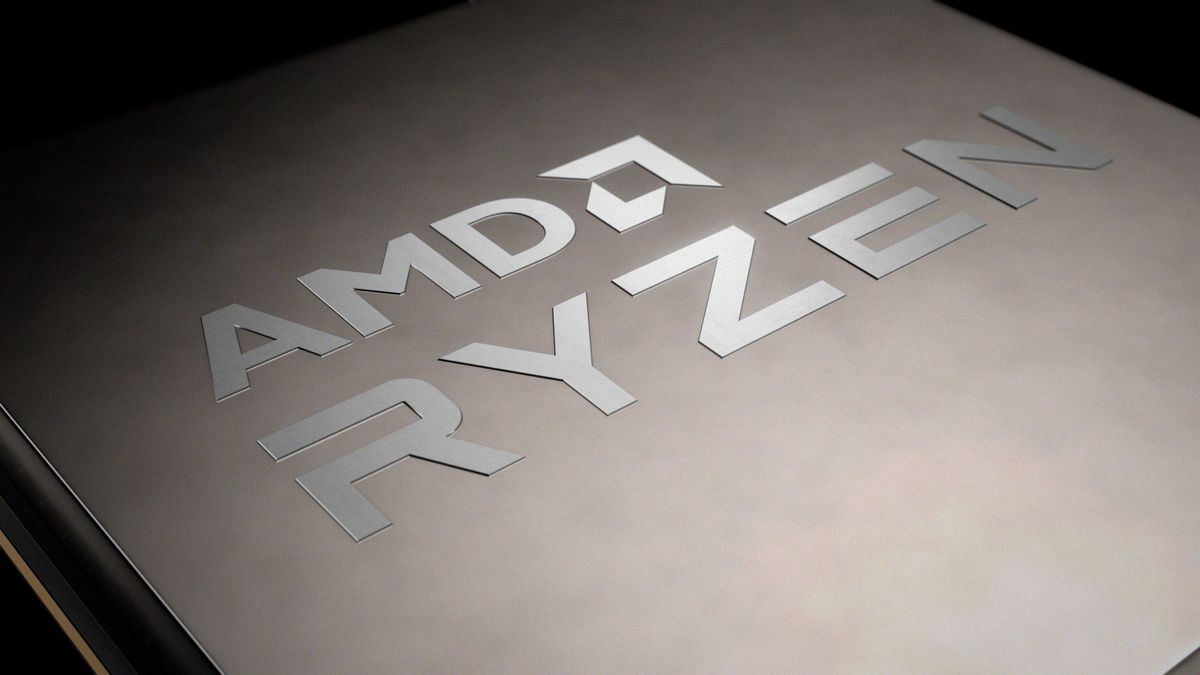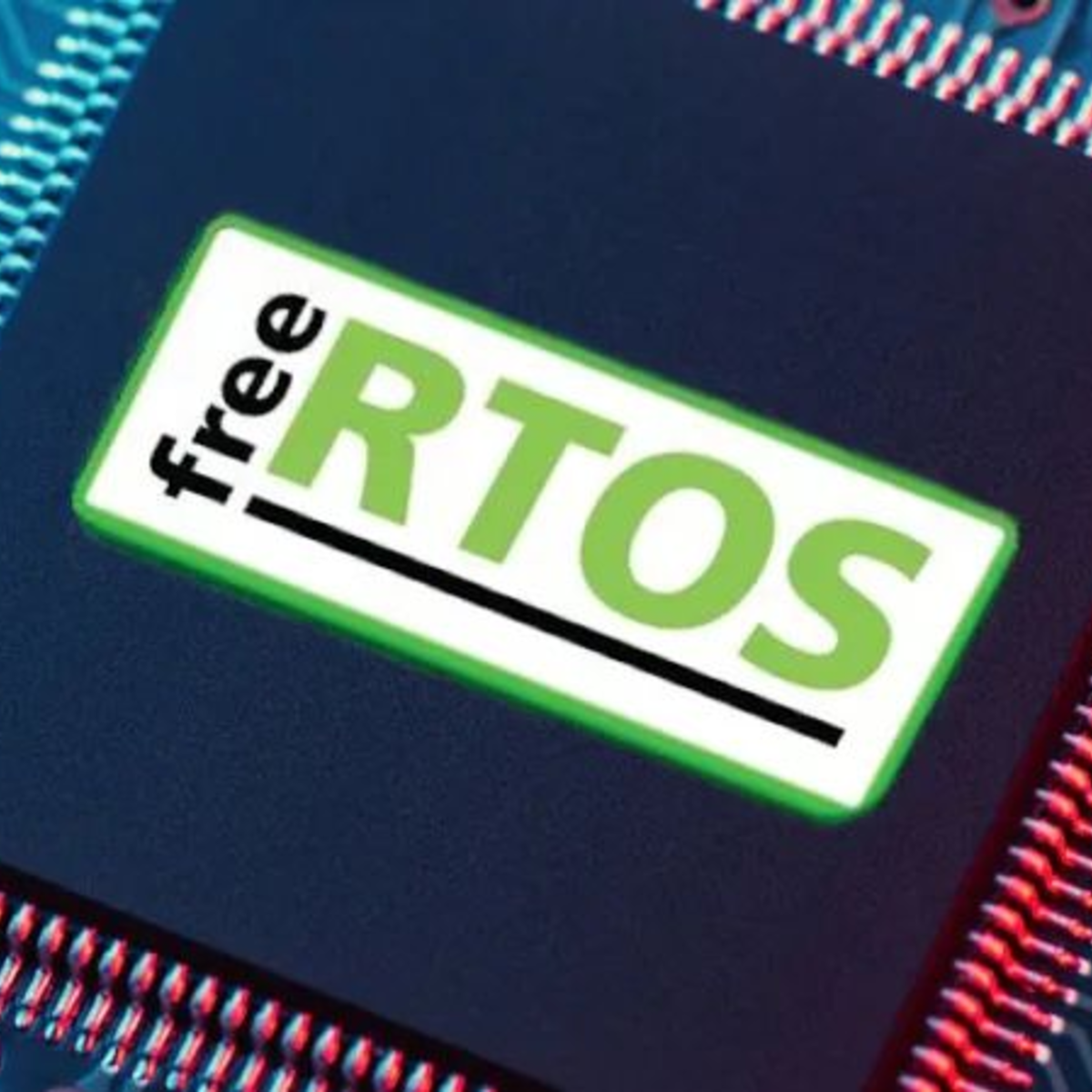Silicon chips are no longer sustainable. Here’s what’s next.
This article is an installment of Future Explored, a weekly guide to world-changing technology. You can get stories like this one straight to your inbox every Saturday morning by subscribing above.
It’s 2034. All of your electronic devices, from your EV to your smartphone, charge at lightning speed, and you’re able to take advantage of the latest AI at home and work without any worries about the amount of energy you’re consuming — all thanks to a new generation of microchips that left silicon in the past.
Materials can be classified by how well they conduct electricity — currents flow easily through conductors, but not insulators.
Semiconductors fall somewhere in the middle: they can conduct electricity easily, but only under certain conditions. This has made them hugely useful in computing — with semiconductors as the basis for microchips, we can control the flow of electricity through our devices, which makes all of the magic happen.
Silicon has dominated chips and the tech industry since their inception — hence “Silicon Valley” — but it might not be the best material for the tech of the future. To explain why, let’s take a look back at how chips work, today’s tech challenges, and the materials that could replace silicon tomorrow.





















/cdn.vox-cdn.com/uploads/chorus_asset/file/25730626/214A0285.jpg)
